You can imagine Margaret Beaufort turning the pages, admiring the imagery, and reading the texts. It has been suggested that she crossed out any reference to Richard and wrote her own name on the back of the book. It is true she did write her name, after all, it was a trophy, wasn't it? Not a trophy of war, but a representation of the fulfilment of her ambition. As for vengefully scratching out the king's name, that is just an image created over the years to blacken her name, the stuff of films and television series. Before finding its way into the library of the Archbishop of Canterbury, Richard’s Book of Hours passed through the hands of many. One owner, during the Reformation, wiped out every mention of the Pope.
Today we too can stare in wonderment at this fifteenth-century work of art, I was lucky enough to see this book on show in the Usher Gallery in Lincoln a few years ago, and it was easy to visualise this brave king holding it in his hands on the eve of his last day on earth. What is more likely though is that this book remained in a safe place and Richard brought with him his own private prayer book, one that he kept with him, one that he used every day.

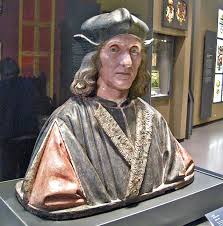
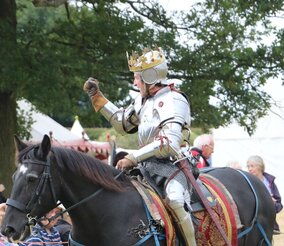
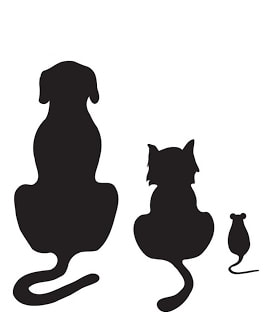
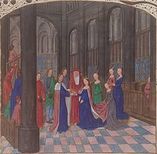
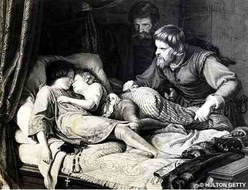
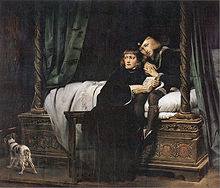
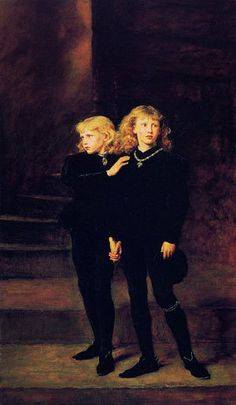
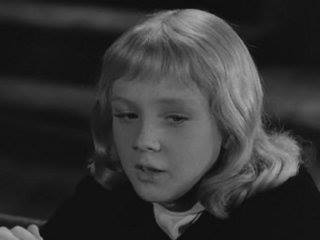
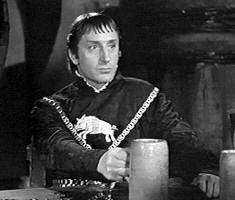
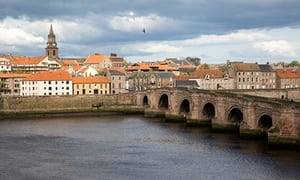
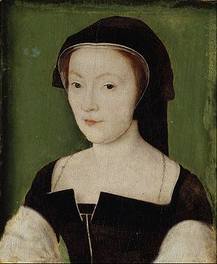

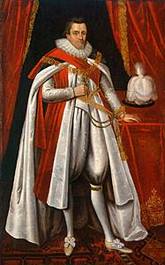
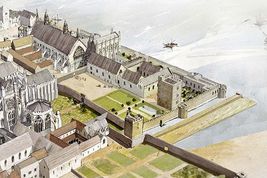
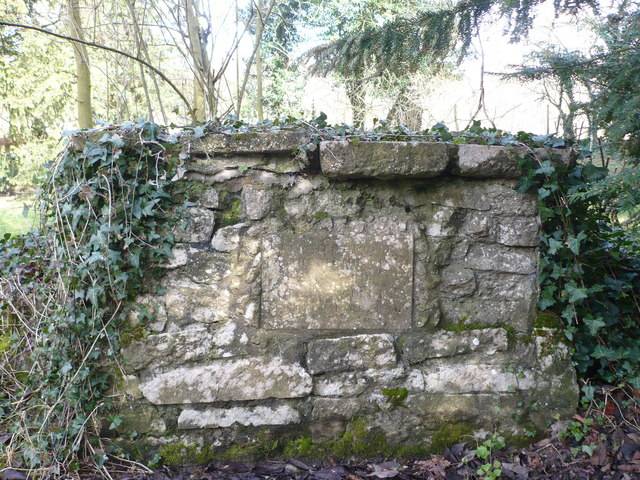
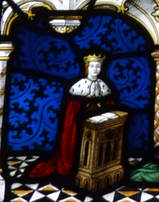
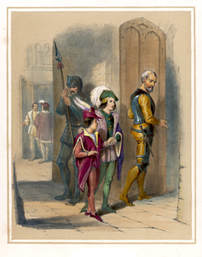
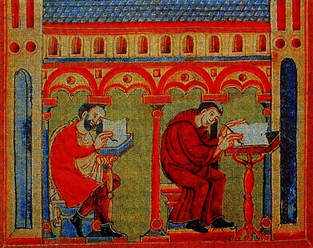
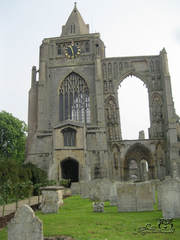
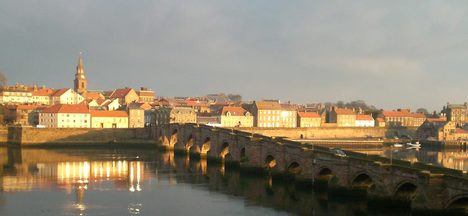

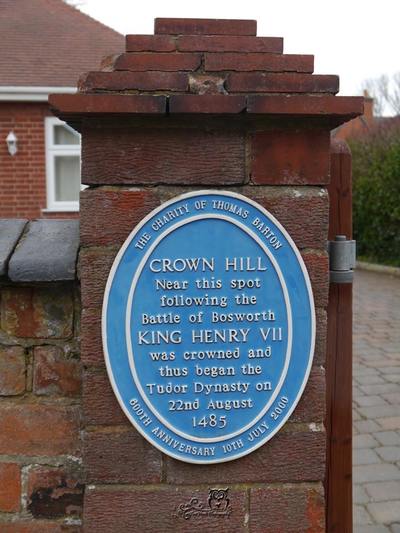
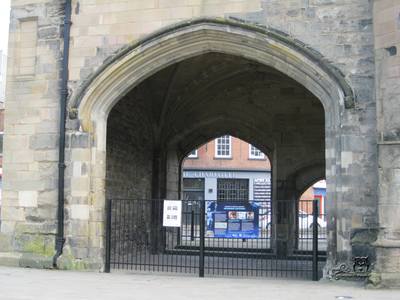
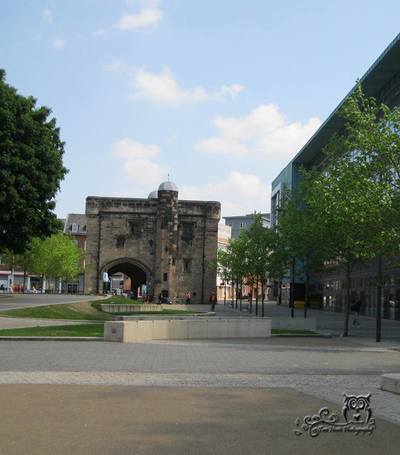
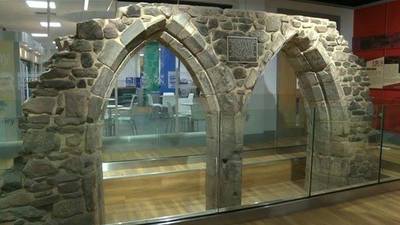
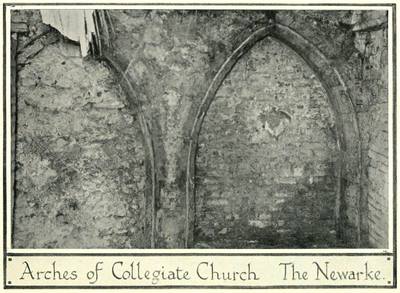
 RSS Feed
RSS Feed
